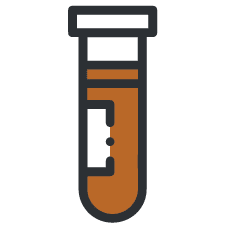Gamma hydroxybutyrate (GHB) is a powerful central nervous system depressant that is commonly known as a club drug or the “date rape drug”, as it is often associated with sexual assault cases.
It is often used recreationally for its sedative and euphoric effects. It is a highly addictive substance that can have severe effects on both physical and mental health.
According to the National Survey on Drug Use and Health, an estimated 1.2 million people in the United States reported using GHB in the past years. It is crucial to understand how long GHB stays in the system to effectively address addiction and ensure appropriate treatment.







